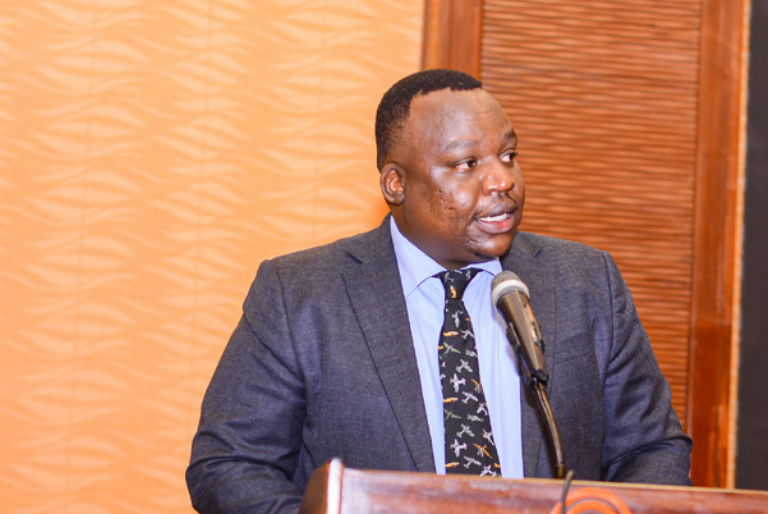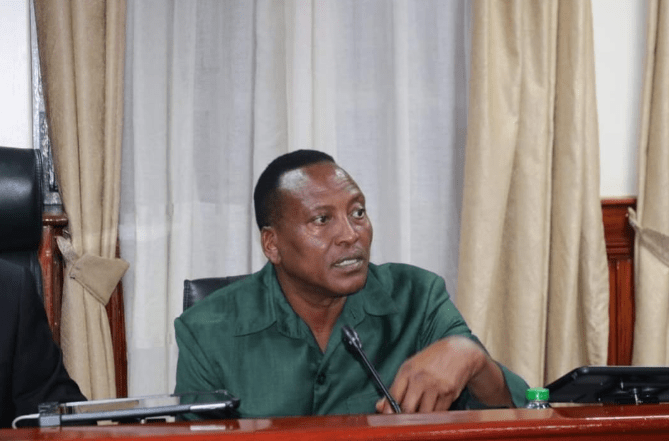Kenyans borrowing Ksh500M from digital lenders daily – report

Kenyans are borrowing Ksh500 million every day, translating to Ksh15 billion in a month, a new report by the Digital Financial Services Association of Kenya (DFSAK) has shown.
According to the report, over eight million Kenyans—about 16 per cent of the population—actively borrow each month. DFSAK chairman Kevin Mutiso attributes the numbers to the current smartphone penetration, which has enabled most Kenyans to access the loans.
“In 2010, the digital lending industry was nonexistent. Fifteen years later, in 2025, members of the Digital Financial Services Association of Kenya IDFSAKI, formerly the Digital Lenders Association of Kenya (OLAK), lend over Kes 15 billion to over 8 million Kenyans monthly. The boda revolution that materialized before our eyes was nearly 100% financed by the non-deposit-taking credit provider (NDTCP) industry, as we are referred to in the law. In addition to that, the ongoing smartphone penetration is being led by our ecosystem, which has been financing over 100,000 smartphones monthly on average for the last 12 months,” Mutiso says.
“Both products have had direct positive outcomes for the economy, as studies have shown that access to the internet improves earning potential and boda drivers are now part of a low-middle class with disposable income which, according to several estimates, is Ksh1,000 a day. There are currently over 2 million boda drivers in the country.”
The report revealed that a substantial portion of loans were being directed toward essential business expenses and personal needs, especially school fees.
A significant majority of consumers reported that the increased cost of living was the primary reason for their financial challenges. This challenge was further compounded by expenses being higher than income. This has led to increased incidents of income delays, lack of capital, loan burdens, job losses and business closures in 2024.
Loan collection tactics are increasingly determining which lenders consumers will borrow from, to avoid crude lenders. Consumers are also considering interest rates, repayment periods and loan processing time.
The report underscored the critical need for enhanced financial literacy initiatives. Consumers expressed a strong desire for guidance on creating budgets, managing debt, and saving effectively.












